
Roots
For those whose heritage springs from the richly varied soils of Africa and its diaspora, our coils and kinks, waves and textures, carry more than simple protein strands. They are living archives, each curl a whisper of generations past, a profound testament to survival, creativity, and identity. The very care we extend to our hair today echoes rituals practiced for millennia, threads of continuity stretching back to ancient riverbanks and savannahs. Within this ancestral care, oils were not mere conditioners; they were elixirs, protectors, and cultural touchstones, deeply woven into the very fabric of existence.
From the dawn of communal life, African societies understood the delicate balance between external elements and internal vitality. They observed how the sun’s relentless gaze, the dry winds, and the unique structure of textured strands demanded a particular kind of guardianship. Here, the botanical world offered its bounty.
The historical role of oils in African textured hair is a story of ingenuity, a practical response to environmental needs, and a spiritual connection to the land and its offerings. These oils sealed moisture, softened strands, and gave a natural sheen that spoke of wellness and attention to the self.

Ancestral Understanding of Hair Biology
Long before microscopes unveiled the intricate structure of a hair shaft, African communities possessed an intuitive grasp of what their hair required. They recognized its tendency towards dryness, its unique coiling patterns, and its inherent strength when properly sustained. This intuitive knowledge was a form of empirical science, passed down through oral tradition and hands-on practice.
The very form of textured hair, with its often elliptical cross-section and frequent twists, means natural oils produced by the scalp struggle to travel down the entire length of the strand. This inherent characteristic made external lubrication not just beneficial, but a practical necessity.
Consider the harsh, arid climates many African communities inhabited. The need for topical applications to shield the hair from desiccation was undeniable. Plant-derived oils provided a protective barrier, reducing moisture loss and preserving the integrity of the hair fiber. This was a core aspect of ancestral beauty and care, a protective measure that spoke to both practical survival and aesthetic appreciation.
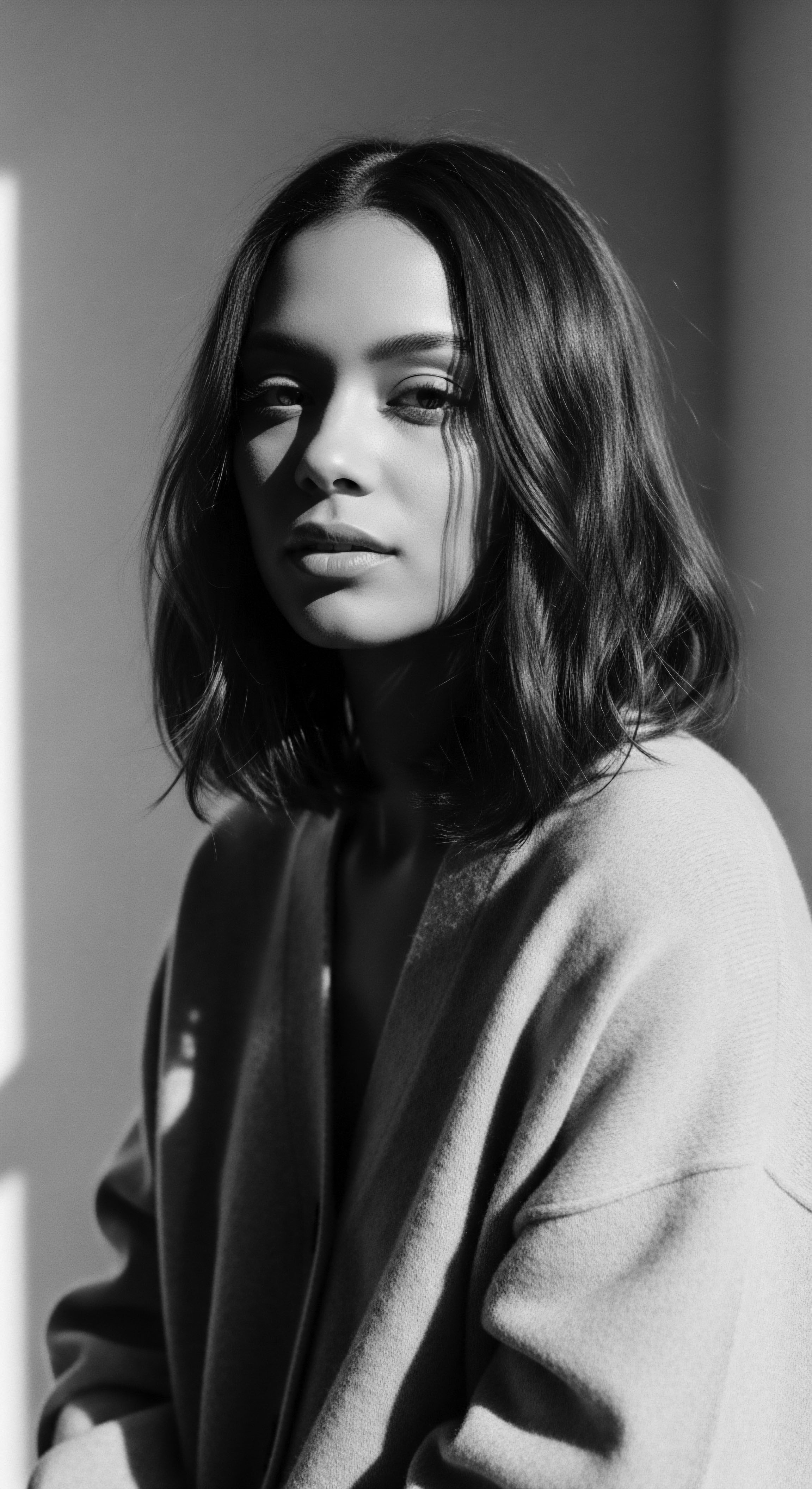
Elemental Botanicals and Early Discoveries
Across the continent, different regions yielded distinct botanical treasures, each with its unique properties. The discovery and application of these oils were deeply localized, shaped by the flora available. Communities learned through observation and experimentation which nuts, seeds, and fruits offered the most beneficial extracts for hair and skin. These weren’t arbitrary choices; they were selections born from deep interaction with the natural world.
For instance, in West Africa, the shea tree (Vitellaria paradoxa) has for centuries provided its precious butter. Women traditionally gathered the fruit, boiled it, and kneaded the fat into a creamy substance. This painstaking process yielded a substance rich in vitamins A and E, known for its deep conditioning properties and ability to soothe dry scalps. Shea butter’s usage extended beyond hair; it was an all-purpose balm, connecting personal adornment with holistic wellbeing.
The ancient application of plant oils to textured hair speaks to a profound ancestral knowledge of both environmental adaptation and the unique needs of curls and coils.
The journey of these oils, from raw plant material to refined product, often involved communal labor, particularly among women. This collective effort imbued the oils with shared meaning, linking individual beauty practices to the cohesion of the group. The act of preparing the oils became a part of the heritage itself, a transmitted knowledge that reinforced social bonds and cultural identity.
Some of the foundational oils utilized include:
- Shea Butter ❉ A rich, emollient fat from the shea tree, vital for moisture retention and scalp conditioning in West Africa.
- Palm Oil ❉ Extracted from the fruit of the oil palm, used across various regions for its conditioning and protective qualities, often mixed with other substances.
- Castor Oil ❉ Known for its thick consistency and purported hair strengthening properties, particularly significant in some East African and Caribbean traditions (a legacy of forced migration).
- Kalahari Melon Seed Oil ❉ A lighter oil from Southern Africa, valued for its hydrating and softening qualities, used notably by groups like the Himba.
| Region West Africa |
| Primary Botanical Sources Shea (Vitellaria paradoxa), Palm (Elaeis guineensis) |
| Region Central Africa |
| Primary Botanical Sources Palm (Elaeis guineensis), various indigenous nut oils |
| Region Southern Africa |
| Primary Botanical Sources Kalahari Melon (Citrullus lanatus), Marula (Sclerocarya birrea) |
| Region East Africa |
| Primary Botanical Sources Castor (Ricinus communis), Coconut (Cocos nucifera – coastal) |
| Region The selection of oils was dictated by local ecology, reflecting a deep respect for the land's offerings and a sustainable approach to hair care. |
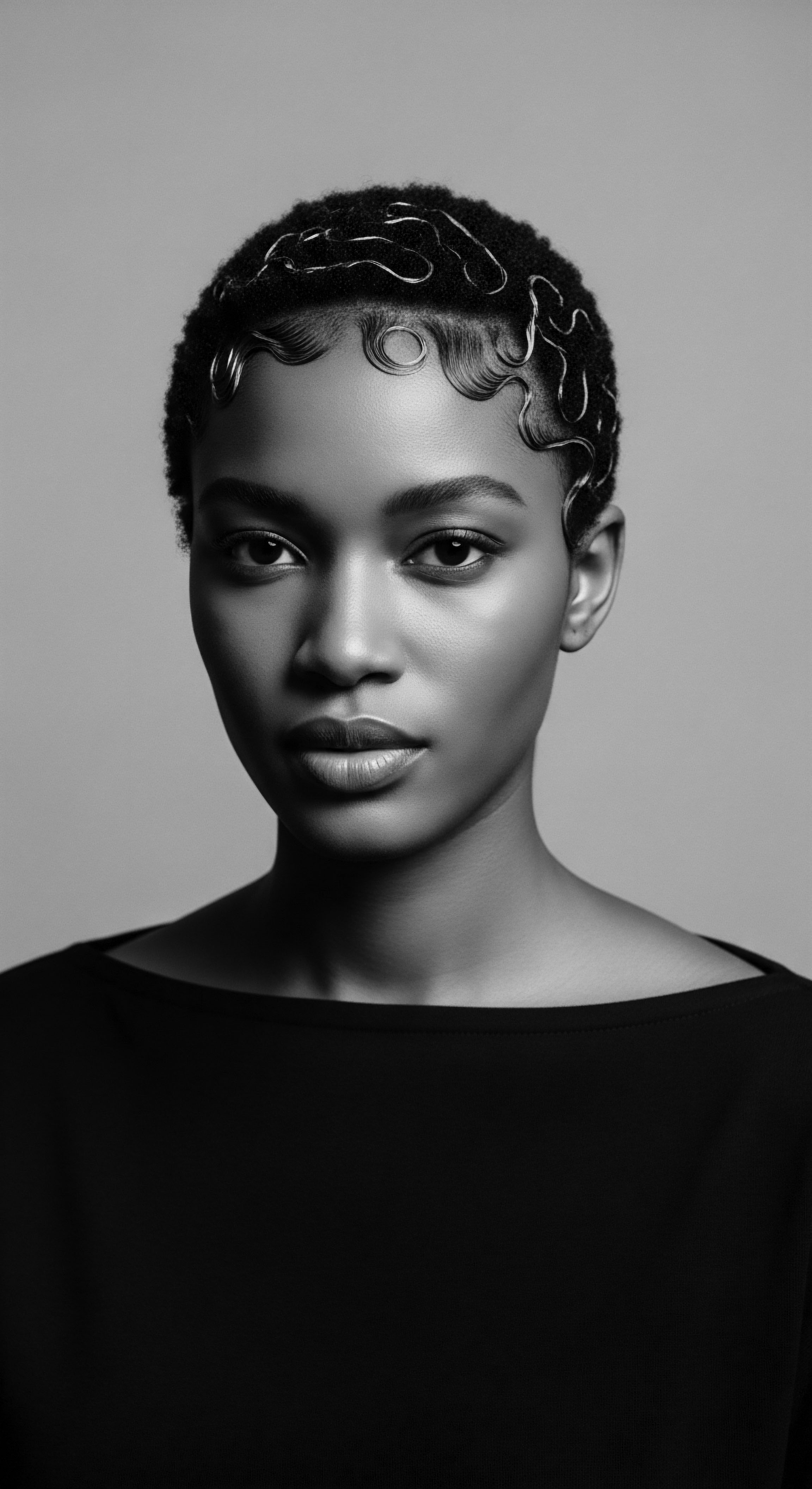
Why Did Early African Societies Prioritize Oils in Hair Care?
The emphasis on oils stemmed from a confluence of factors. Biologically, textured hair, due to its shape, is naturally prone to dryness. The tightly wound helixes and frequent bends create points where the cuticle can lift, leading to moisture loss and brittleness. Oils served as potent occlusives, sealing in the water within the hair shaft and creating a barrier against environmental stressors like sun and dust.
Culturally, hair was, and remains, a powerful visual marker of identity, status, and spirituality. Healthy, well-maintained hair was a symbol of vitality and community connection. The application of oils was often part of daily grooming rituals, acts of self-care and communal bonding.
It was a tangible expression of valuing oneself and one’s place within the collective. These practices laid the groundwork for a heritage of hair care that recognized the unique requirements of textured strands.

Ritual
The historical application of oils to African textured hair was far more than a simple cosmetic act; it was deeply ritualized, imbued with cultural meaning, and often intertwined with ceremonies, rites of passage, and expressions of social standing. These traditions speak to a heritage where hair was not separate from the self or the community, but an extension of both, a living canvas for personal and collective identity.
The act of oiling hair was often a moment of quiet connection, a tender exchange between mother and child, elder and youth, or among peers. These moments instilled not only physical care but also cultural lessons, narratives, and shared understandings of beauty and wellness. The tactile nature of the ritual, the scent of the oils, the rhythm of the hands, all contributed to a profound sensory experience that reinforced ancestral bonds.

Oils in Ceremonial Practices and Adornment
Throughout various African societies, specific oils and oil blends held particular significance for ceremonial purposes. Hair was meticulously prepared for significant life events ❉ births, initiations, marriages, and funerals. Oils were applied to soften, sheen, and prepare the hair for intricate styles that communicated age, marital status, social role, or spiritual affiliation. These styles, often requiring days to complete, were statements of identity, and oils were indispensable to their creation and preservation.
Consider the Himba people of Namibia, whose distinctive appearance is deeply rooted in the application of Otjize Paste. This ancestral blend, primarily butterfat (often from cow’s milk), red ochre, and aromatic resins, is applied daily to both skin and hair. The butterfat component moisturizes and conditions their tightly coiled hair, protecting it from the harsh desert climate. This practice is not simply about beauty; it is a central part of their cultural identity, marking them distinctly and carrying profound social and spiritual meaning.
The otjize application is a daily ritual, a continuous connection to their land, their cattle, and their ancestors. (Malan, 1995, p. 115). This example beautifully illustrates how oils transcended mere function, becoming a living heritage.
The use of oils also prepared hair for the addition of adornments, such as beads, cowrie shells, or extensions made from natural fibers. The oils made the hair more pliable, less prone to breakage during styling, and provided a smooth base for these intricate additions. This co-evolution of oiling and adornment highlights the holistic approach to beauty that defined many ancestral practices.

The Tender Thread of Community Care
The care of textured hair, often a labor-intensive process, was rarely a solitary endeavor. It was a communal activity, a space for storytelling, teaching, and shared laughter. Oiling sessions became informal classrooms where younger generations learned about ingredients, techniques, and the cultural significance of various styles. This intergenerational transfer of knowledge ensured that the heritage of hair care persisted.
Hair oiling traditions were often communal, fostering intergenerational knowledge transfer and reinforcing societal bonds through shared moments of care.
The therapeutic touch involved in oil application also played a role in fostering well-being. Scalp massages, performed during oiling, not only distributed the product but also improved circulation to the scalp, which in turn contributed to hair health. This holistic approach recognized the connection between physical care, emotional comfort, and community ties, forming a cornerstone of the heritage of textured hair care.
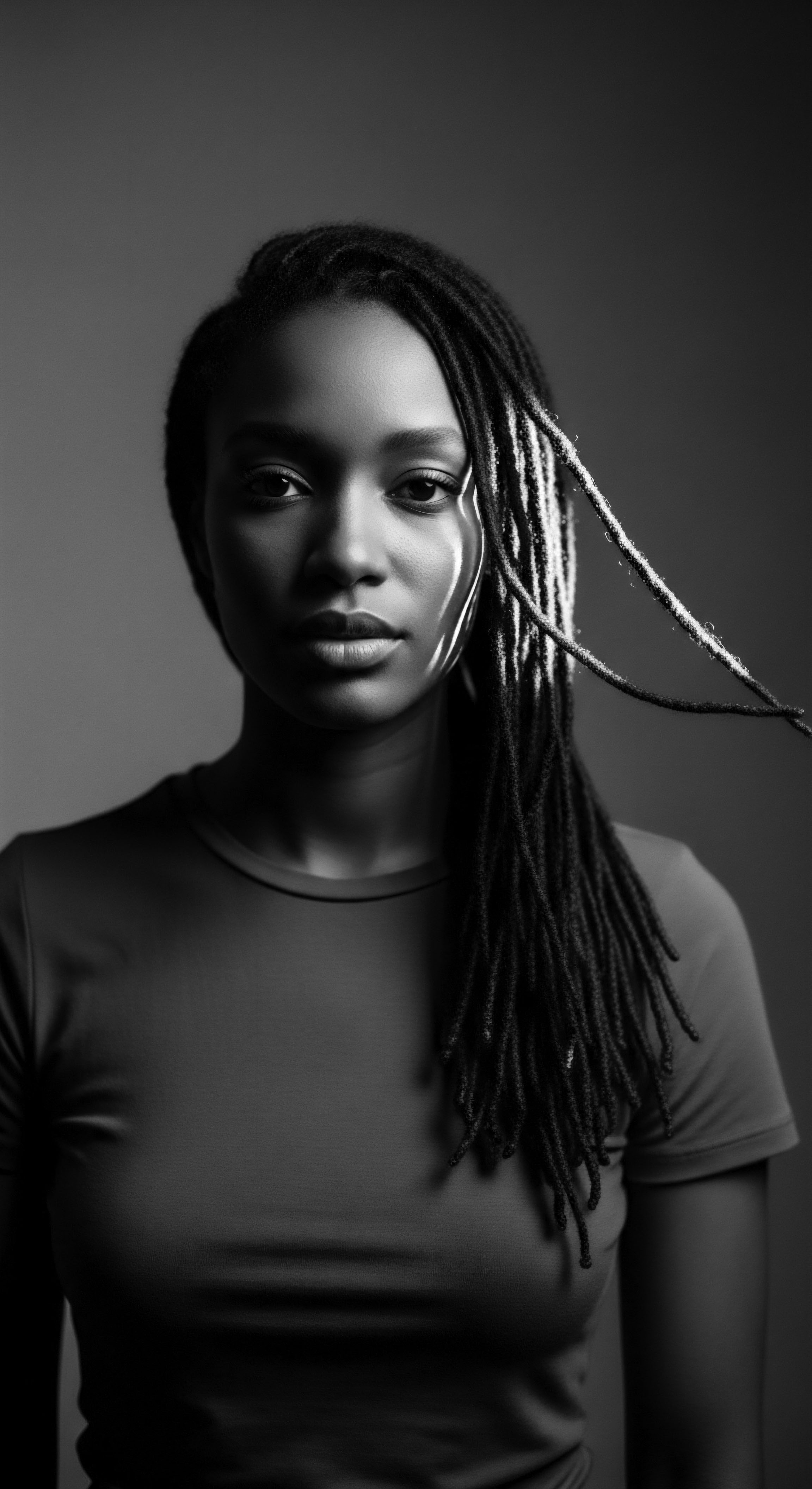
Anointing and Protection in Ancestral Beliefs
Beyond the practical and aesthetic, oils often held spiritual significance. Anointing the hair with specific oils could be a protective measure against negative influences or a way to honor deities and ancestors. The hair, being the highest point of the body and often seen as a conduit to the spiritual realm, received this sacred treatment. The very act of applying oil became a form of prayer or meditation, connecting the individual to a larger cosmic order.
This spiritual dimension further cemented the role of oils as indispensable elements in the overall well-being and cultural expression of African societies. It was not simply about a glossy finish; it was about honoring the body, the spirit, and the ancestral lines that gave life.
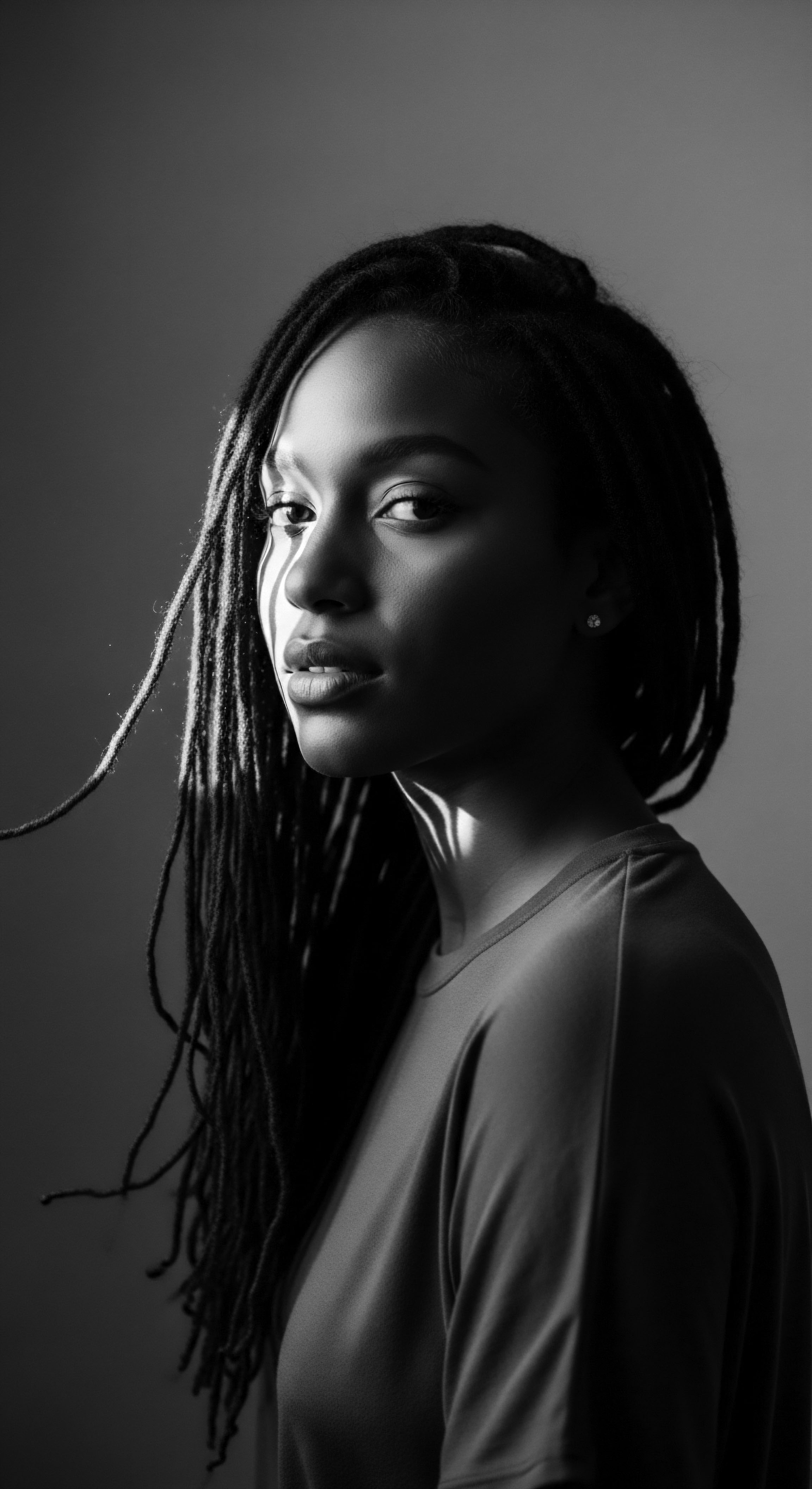
Relay
The journey of oils in African textured hair care did not conclude with the ancient rituals; it continued to evolve, adapting through migrations, colonial impositions, and the ongoing movement for self-affirmation. The relay of this heritage, often through clandestine practices and resilient family traditions, speaks volumes about the enduring power of ancestral knowledge in the face of immense disruption. Modern scientific understanding now often provides explanations for what ancestral wisdom knew intuitively, bridging past and present in a celebration of textured hair heritage.
The transatlantic passage and the subsequent conditions of slavery presented immense challenges to traditional hair care. Yet, even in the harshest environments, individuals found ways to maintain elements of their hair heritage, often utilizing locally available resources. Castor oil, a staple in many Afro-Caribbean and African American hair care regimens, became popular in the diaspora for its availability and its ability to condition and purportedly encourage growth. This continuity, often born of necessity and adaptation, is a powerful demonstration of cultural resilience.

Bridging Ancient Wisdom and Modern Understanding
Today, the science of hair confirms many of the benefits that ancestral practices intuitively understood. The emollients, fatty acids, and vitamins present in natural oils act as protective agents, strengthening the hair shaft and promoting scalp health. Modern trichology, a branch of dermatology dealing with the hair and scalp, can now articulate the mechanisms behind these long-observed benefits.
- Occlusion ❉ Oils form a protective layer on the hair shaft, reducing transepidermal water loss from the scalp and preventing moisture evaporation from the hair, a critical function for often dry textured strands.
- Lubrication ❉ The slippery nature of oils reduces friction between hair strands, making detangling easier and minimizing mechanical damage.
- Nutrient Delivery ❉ Many natural oils contain beneficial compounds like antioxidants and essential fatty acids that can support scalp health and, indirectly, hair vitality.
- Antimicrobial Properties ❉ Some oils possess natural antimicrobial qualities, helping to maintain a healthy scalp microbiome and address issues like flakiness.
This validation from contemporary science only deepens the appreciation for the insights of our ancestors. It shows that their methods were not simply superstitious, but deeply informed by keen observation and a practical understanding of the natural world and the unique requirements of textured hair.
The enduring presence of oils in textured hair care, from ancient ceremonies to modern routines, underscores a resilient heritage and a deep, intuitive understanding of hair’s unique needs.
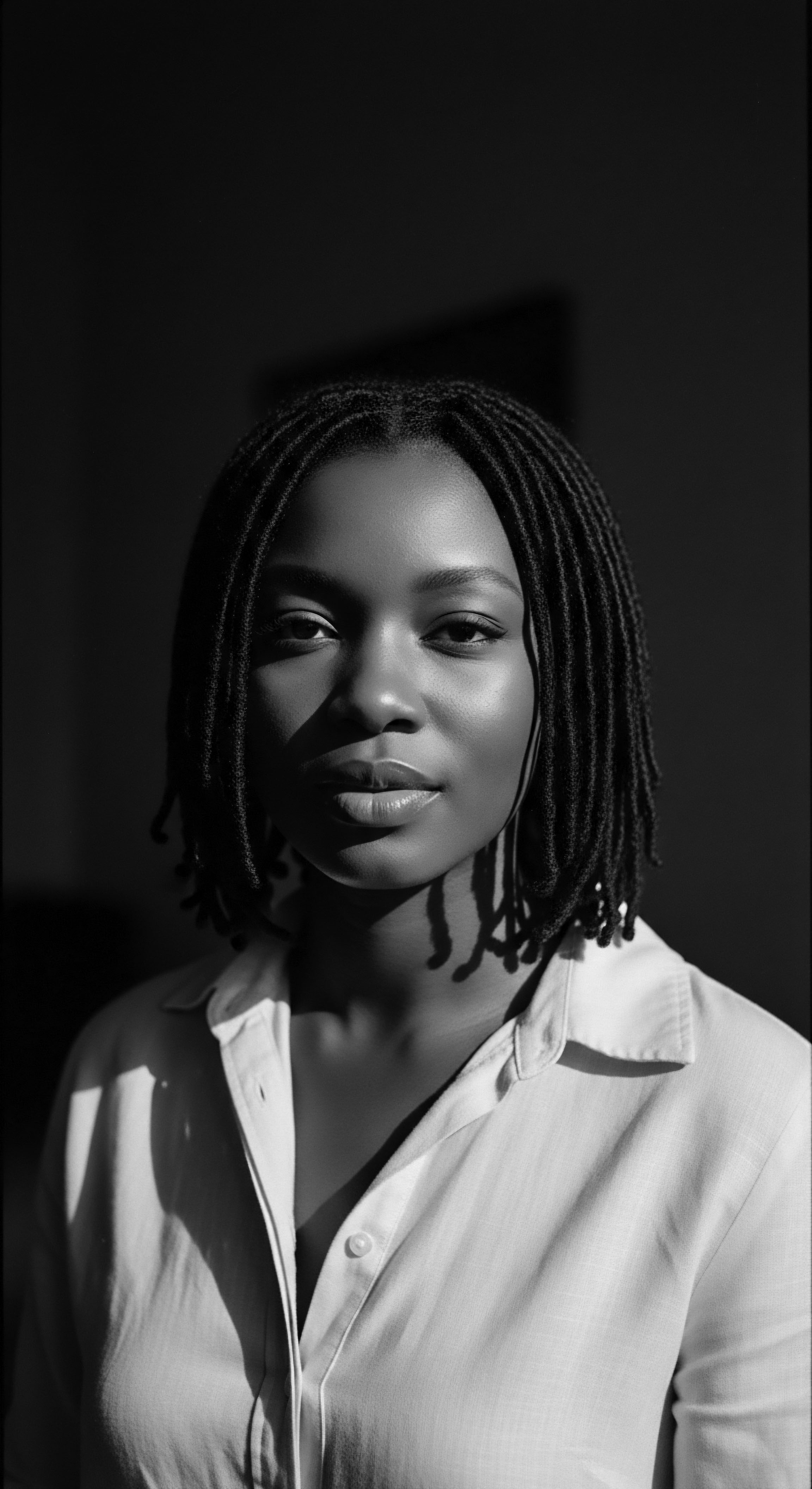
Cultural Renaissance and Identity Affirmation
In recent decades, particularly with the Natural Hair Movement, there has been a powerful resurgence of interest in ancestral hair care practices. This movement is not simply about aesthetic choice; it is a profound reclamation of heritage, an affirmation of identity, and a rejection of Eurocentric beauty standards that long marginalized textured hair. Oils, as foundational elements of historical African hair care, stand at the forefront of this renaissance.
Individuals are consciously seeking out and incorporating traditional oils like shea butter, palm oil derivatives, and various seed oils into their routines, not only for their functional benefits but also for the deep cultural connection they represent. This act of choosing ancestral ingredients is a powerful expression of self-acceptance and pride in one’s lineage. It transforms a daily routine into a deliberate act of heritage preservation.

How do Modern Routines Reflect Ancestral Oil Practices?
The modern practice of “sealing” moisture into textured hair after washing, often using a combination of water or leave-in conditioner followed by an oil, directly parallels ancestral methods. Our forebearers utilized water from natural sources and then applied oils and butters to retain that moisture, recognizing that dry application was less effective. This continuity illustrates the enduring wisdom embedded within the heritage of textured hair care.
Furthermore, the focus on scalp health, often through regular oil massages, continues a practice that spans generations. Healthy hair begins with a healthy scalp, a concept understood and practiced long before scientific studies confirmed the importance of a balanced scalp environment. This connection between ancestral wisdom and contemporary well-being reinforces the strength of our heritage.
The relay of oil knowledge also extends to understanding diverse applications:
- Pre-Shampoo Treatments ❉ Oils applied before cleansing to protect hair from stripping, a modern adaptation of pre-wash conditioning observed in some historical practices.
- Leave-In Conditioning ❉ Used to soften, detangle, and add shine after washing, mirroring historical practices of daily application for pliability.
- Scalp Health Treatments ❉ Massaging oils into the scalp to address dryness, flakiness, or to promote circulation, directly continuing ancient anointing rituals.
- Styling Aids ❉ Oils provide slip and definition for various textured styles, from braids to twists, a functional role that spans millennia.
This ongoing adaptation and appreciation for oils demonstrate that the heritage of textured hair care is not static; it is a dynamic, living tradition that continues to shape personal identity and collective cultural expression. The profound historical role of oils in African textured hair continues to guide and enrich our contemporary understanding and practices.

Reflection
The whispered wisdom of generations, carried on the very strands of textured hair, finds a resonant truth in the enduring presence of oils. This journey, from the earliest botanical discoveries on the African continent to their modern resurgence as cornerstones of care, is a powerful testament to a heritage that refuses to be silenced or forgotten. The ‘Soul of a Strand’ ethos recognizes that our hair is more than just biology; it is a profound repository of ancestral memory, cultural expression, and persistent resilience.
Oils, in their historical capacity, did not simply address the biophysical needs of coils and kinks; they acted as conduits for identity, community, and spiritual connection. They were a language spoken through touch and scent, a declaration of self-worth against the backdrop of changing times and often challenging circumstances. The legacy of these practices reminds us that beauty is not superficial; it is often deeply intertwined with survival, dignity, and the profound need to see and celebrate oneself.
In every gentle application, in every thoughtful selection of a plant-derived essence, we honor those who came before us. We recognize the ingenuity that identified shea from a thorny tree or extracted oil from a humble melon seed. This continuous thread of knowledge, handed down across continents and generations, is a living archive.
It underscores the intrinsic value of textured hair itself, not as something to be tamed or altered, but as a magnificent crown, deserving of profound reverence and the finest ancestral care. The role of oils, then, is not merely historical; it is a perpetually relevant ode to the wisdom embedded within our very heritage.
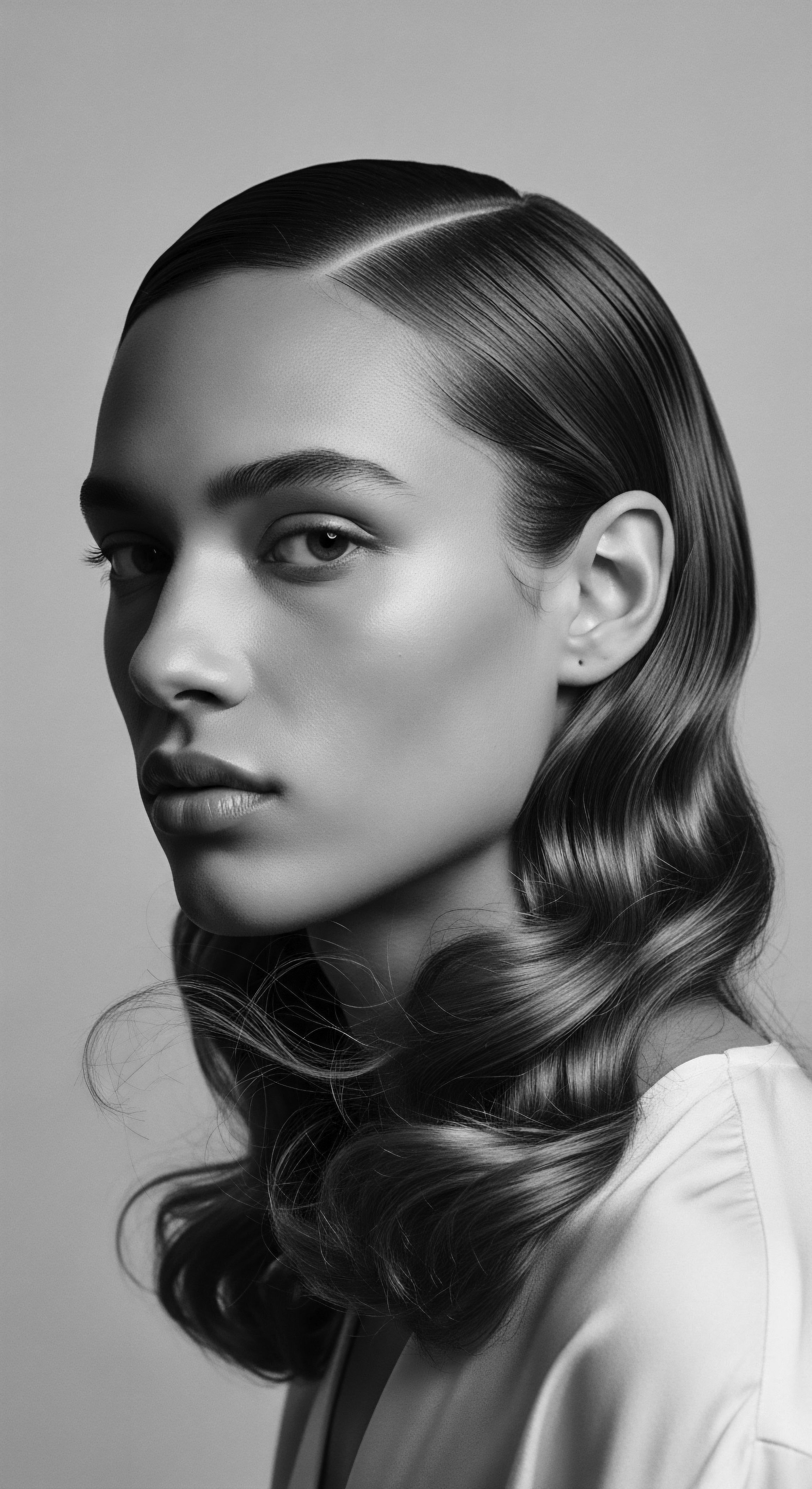
References
- Malan, J. S. (1995). The Himba of Namibia ❉ A study of the changes in their culture from 1950 to 1990. Gamsberg Macmillan Publishers.
- Okere, N. E. (2009). Indigenous knowledge of shea butter processing in Kwara State, Nigeria. International Journal of Agriculture and Rural Development, 10(1), 74-81.
- Balick, M. J. & Cox, P. A. (2020). Plants, People, and Culture ❉ The Science of Ethnobotany. Columbia University Press.
- Opoku-Agyemang, K. (2014). African Cultural Values ❉ An Introduction. Ghana Universities Press.
- Akerele, O. (1990). Shea (Vitellaria paradoxa Gaertn. F.) as a cash crop in Nigeria. Journal of Tropical Forest Science, 3(1), 1-10.
- Roberson, T. (2012). Textured Hair ❉ A History of Natural Hair Care. University of California Press.
- Byrd, A. D. & Tharps, L. D. (2014). Hair Story ❉ Untangling the Roots of Black Hair in America. St. Martin’s Press.
- Mercer, K. (1994). Welcome to the Jungle ❉ New Positions in Black Cultural Studies. Routledge.
